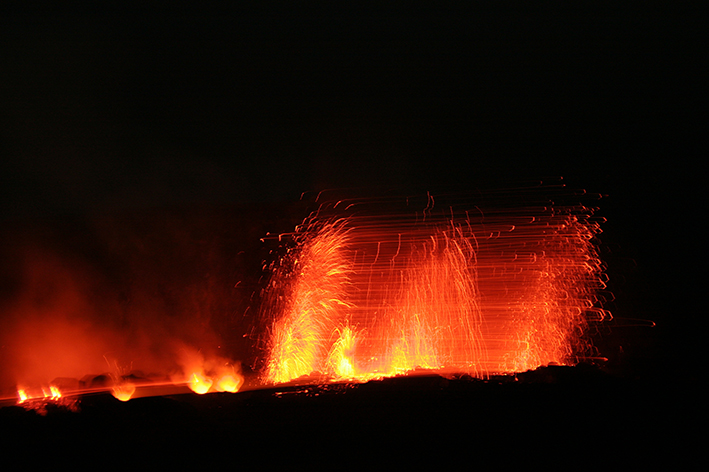
The geological study of volcanic successions is primarily devoted to the reconstruction of the eruptive styles and depositional processes that drive the emplacement of volcanic products. Definition of eruptive and depositional units and their areal distribution, the detailed analysis of lithofacies and components (ash morphology, geochemical and petrographic analyses, etc) provide the main physical-chemical parameters of the eruptions and the related transport and depositional mechanisms, which can be furtherly interpreted in terms of volcanic hazards. The latter is referred to a large variety of geological processes ranging from primary eruptive phenomena (eruptive columns and tephra fallout, ballistic fallout, pyroclasic density currents, lava flows, etc) and other related processes (volcanic collapses, lahars, tsunamis, volcano-induced landslides, etc.). Based on this heterogeneity of dangerous events and their potential impact on human settlements, up to a global scale, volcanic risk is among the most significant ones on Earth.